The Florida First Blog

Your Deductible, Your Budget, Your Choice

Hurricane Warnings and Your Insurance – Part 2

Hurricane Warnings and Your Insurance – Part 1
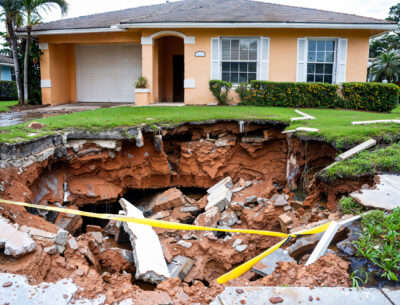
Florida Sinkholes: What Homeowners Need to Know
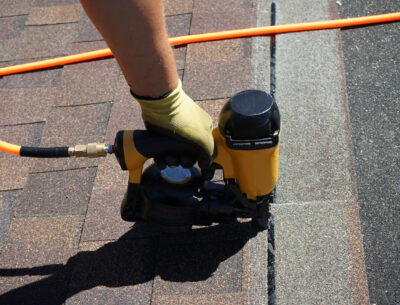
Roof Age vs. Roof Warranty

How to Manage Rising Homeowners Insurance Costs in Florida
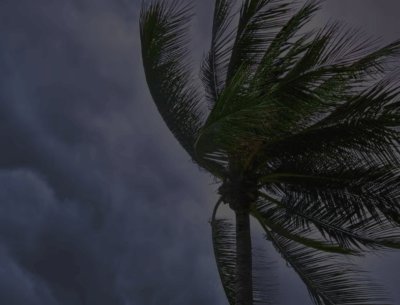
Help Your Home—and Wallet—Stand Up to High Winds

What’s the Point of a 4-Point Inspection?

Save Money on Your Home Insurance Policy
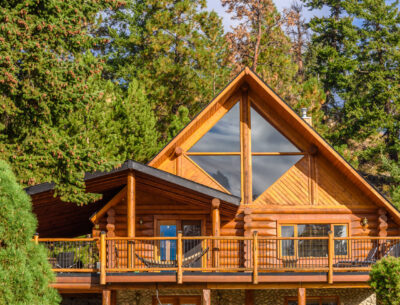
Log Cabin Living in Florida
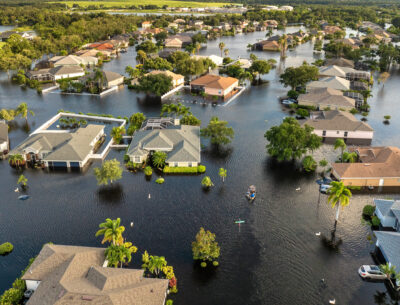
Florida Flood Zones and Evacuation Zones Explained
